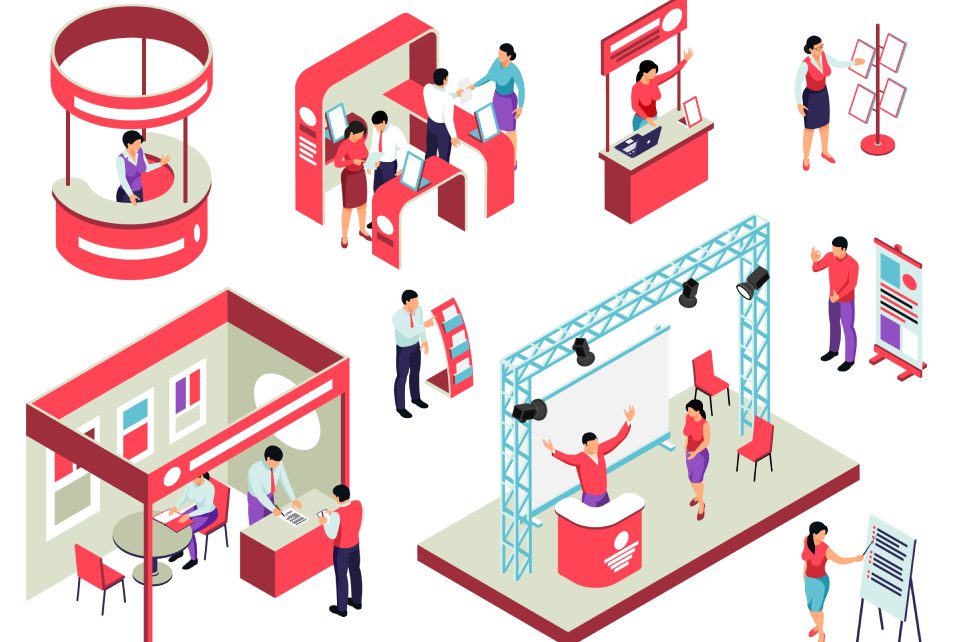What Is The Added Value Of Trade Fairs In 2022?

Before the pandemic, the trade fair set the structure and timing of the annual planning for many medium-sized B2B companies and primarily determined the use of the marketing budget. Designers and engineers worked flat out on innovations that could be presented and that were to be shown at the next trade fair. Because at the industry meeting with the competition you wanted to prove your performance.
After the fair was before the fair, companies were constantly pushing ahead with new developments. In addition to the product show and the proof of one’s innovative capacity, trade fairs were also seen as an opportunity for industry-internal “socializing,” one got to know both customers and other companies better and perhaps even forged alliances for the future. Depending on the product, purchases were initiated, and future customer relationships were laid. It was better not to stay away from the “important” trade fairs because by being present, you prove your relevance for the market and customers and to a certain extent that you were “still there.”
What happened during the pandemic …
The discontinued trade fairs confronted the companies that their direct sales and contact channels to their customers had broken down. At first, it was hoped that the situation would normalize again, and trade fairs were postponed and then postponed again until they were finally canceled. By the beginning of 2021, it was evident that other ways had to be found at the latest. The approaches ranged from the digital trade fair stand and virtual product presentations to workshops and specialist discussions, supported by chat functions and video meetings. They realized that there had to be other ways and began to look for new marketing and sales tools.
Today…
The pandemic allows the first trade fairs to occur, and most companies are picking up the common thread of the 1: 1 again. And at the same time, the question arises as to where the added value and the objectives of trade fair activities in 2022 lie. Should the B2B trade fair continue as before after the pandemic? What percentage of the marketing budget will companies invest in trade fairs in 2022? Could you achieve a more significant effect on marketing and sales if the funding were distributed differently?
The primary objectives with which potential customers go to a trade fair vary. It may be about getting an overview of the market or solving a specific problem. Companies are looking for solution providers or other companies who can use their expertise to help specify issues or better understand them and thus come closer to the solution. The question that companies can ask themselves is: “What problems do we solve for our customers?” And how do we transport this solution at a trade fair? Depending on how the market is set up, there is also a blind spot on the map: “For which problems that we don’t even know are our products the solution?”
We invite you to question the topic of trade fairs fundamentally and adapt it to the new circumstances. Let’s ask the right questions together!
Also Read: What Does B2B Marketing Mean?






